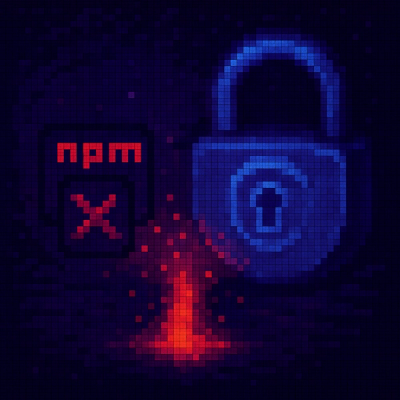bower-auto-release
This node module will publish your package to a bower registry.
Ideally you would only publish to npm, but as many older projects still use bower, this is sometime an unfortunate necessity.
How to enable bower publishing for your existing npm module
Assuming you already defined an npm module in CI and already use the incredible wnpm-release script to automatically bump your module's version, all you have to do to publish your package to bower is follow these simple steps:
Add bower.json to your project
Just run the command bower init, and answer truthfully to all questions :P
When using a PRIVATE bower registry: Add .bowerrc to your project
Notice: This is critical so that you work against your private bower registry.
Run bower-auto-release in your release script
{
"name": "my-package",
"version": "1.0.0",
"scripts": {
"build": ":",
"test": ":",
"release": "wnpm-release; bower-auto-release",
"postpublish": "rm -f npm-shrinkwrap.json"
},
"devDependencies": {
"wnpm-ci": "*",
"bower-auto-release": "*"
}
}
The --dist option
By default the contents of your post-build dist folder are copied to the bower component's root folder. You can change this using the --dist option.
For example to copy the contents of the build output folder you would use: bower-auto-release --dist build
Or, to copy everything simply use --dist . (note that in this case dist will be removed from .gitignore on the bower-component branch).
The --git-repo option
By default the output of your project is pushed to a branch on its own repository (designated by the GIT_REMOTE_URL environment variable). You can change this by pointing to a different repository using the --git-repo option.
For example: bower-auto-release --git-repo git@github.com:wix/my-library-bower-component
This option is typically used on monorepos that have multiple bower components to release. Since bower's design dictates one-to-one relationship between published component and git repository, you should create a separate repository for publishing and pass it using this option.
The --branch option
By default your project is published to a branch named ${package-name}-bower-component. You can change this using the --branch option.
For example: bower-auto-release --branch kuku
In case you use a separate repository for publishing to bower from a monorepo as described above, it would make sense to do something like this:
bower-auto-release --git-repo git@github.com:wix/my-library-bower-component --branch master
Your package is automatically registered to bower
Once you're build is complete in CI, your package can be installed with -
bower install package-name
where package-name is the name you gave your package in bower init above



